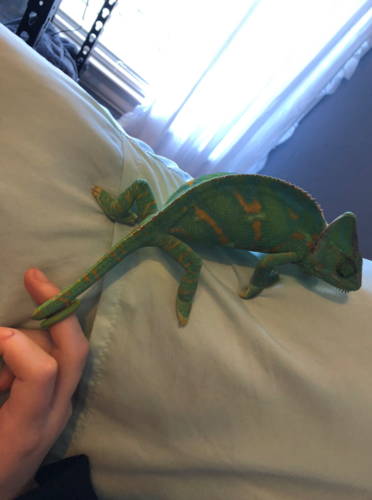faith.j.p
Member
There was a puddle of water on the bottom of the floor in my chameleons cage (not a huge one) and my cham went to the bottom of the floor and started licking the floor and drinking the water off the floor. She sat their for a good while drinking too to the point that I had to interrupt her. I then sat their and spoon fed her water with a syringe until I felt like shed had enough water. A few minutes later after I put her back in her cage she proceeded to go back to the cage floor and do the same thing. She has drank SO much water its insane, like it feels like an unhealthy amount... She has access to water, she has an automatic mister and a dripper and I also mist her regularly with a spray bottle 2 times a day. I also thought that chameleons couldn't drink non-moving water and that's the reason they don't drink from bowls and such. So I am thoroughly confused and concerned, does anyone have any advice?





